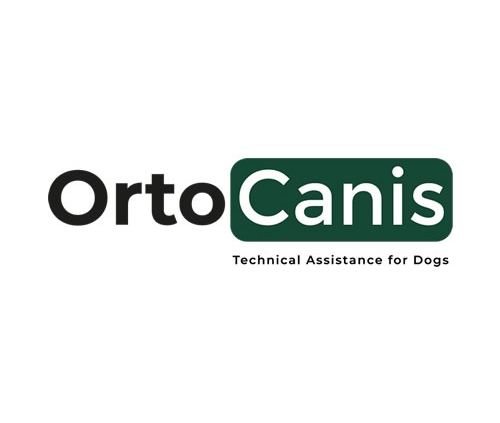What is the proprioceptive system?
It is the system by which the brain receives information about the position and movement of body parts with each other and in relation to their support base. This is produced through a series of receptors distributed throughout the body. Proprioceptive sensitivity is extraordinarily important in the dog’s relationship life.
Within the physiotherapy examination (musculoskeletal or neurological), the proprioceptive system will always be evaluated to have a reference and guidelines with which to establish the treatment plan. Sometimes the same techniques that help us to value the animal, serve us later to rehabilitate it.
Postural reactions
- Positional reaction or conscious proprioception
- Put the dorsal face of the limb in contact with the ground. The animal should instantly rectify to the normal position.
- Put the limb of the animal in abduction or adduction. In this case you should also instantly rectify towards the starting position.
- Place a sheet of paper so that the dog supports the pads. Move the leaf laterally in thoracic limbs and caudolaterally for the pelvic limbs. When perceiving the movement stimulus, you need to reposition the limb correctly.
- Hemistation
- You should take the limbs of a hemibody and move the animal to the opposite side to see if it is able to withstand the balance.
- In the case of musculoskeletal injuries it is also possible to assess the affected limb by taking only the opposite limb or one of the previous ones and assess the balance reaction presented by the animal (uniestación)
- Hemimarcha
- It is exactly the same exercise as the hemistation only that the animal will have to move on the two limbs.
- Jump test
- Holding the animal and preventing it from supporting three of its four limbs, move it laterally. You will need to make small jumps.
- Truck test
- Make him move with his thoracic limbs holding him through the pelvic area. Do it with the head of the animal in a high position to prevent it from looking where to put your hands.
- Extensor postural impulse reaction test
- Take the animal by the armpits in an upright position and descend it slowly. When its hind limbs touch the ground, it will extend them caudally in a marching motion, anticipating displacement.
- Visual and tactile reaction
- Holding the animal, he approaches the edge of a table until he touches it. You should place your limb on the table instantly. We will assess visual and proprioceptive sensitivity. It should be repeated by covering the eyes, so we will value tactile and proprioceptive sensitivity.
Balance in season and dynamics
The balance of the animal can be assessed by provoking some of the postural reactions mentioned above or by creating destabilizations of the animal in static and during walking.
During walking you can tap small sideways to see how it reacts. If the animal has its correct balance, it will continue walking in a straight line without modifying its state or its rhythm.
Coordination
Coordination can be assessed through circles, eights, climbs, descents, speed changes, different terrains with small difficulties in between.
Ortocanis Writing

